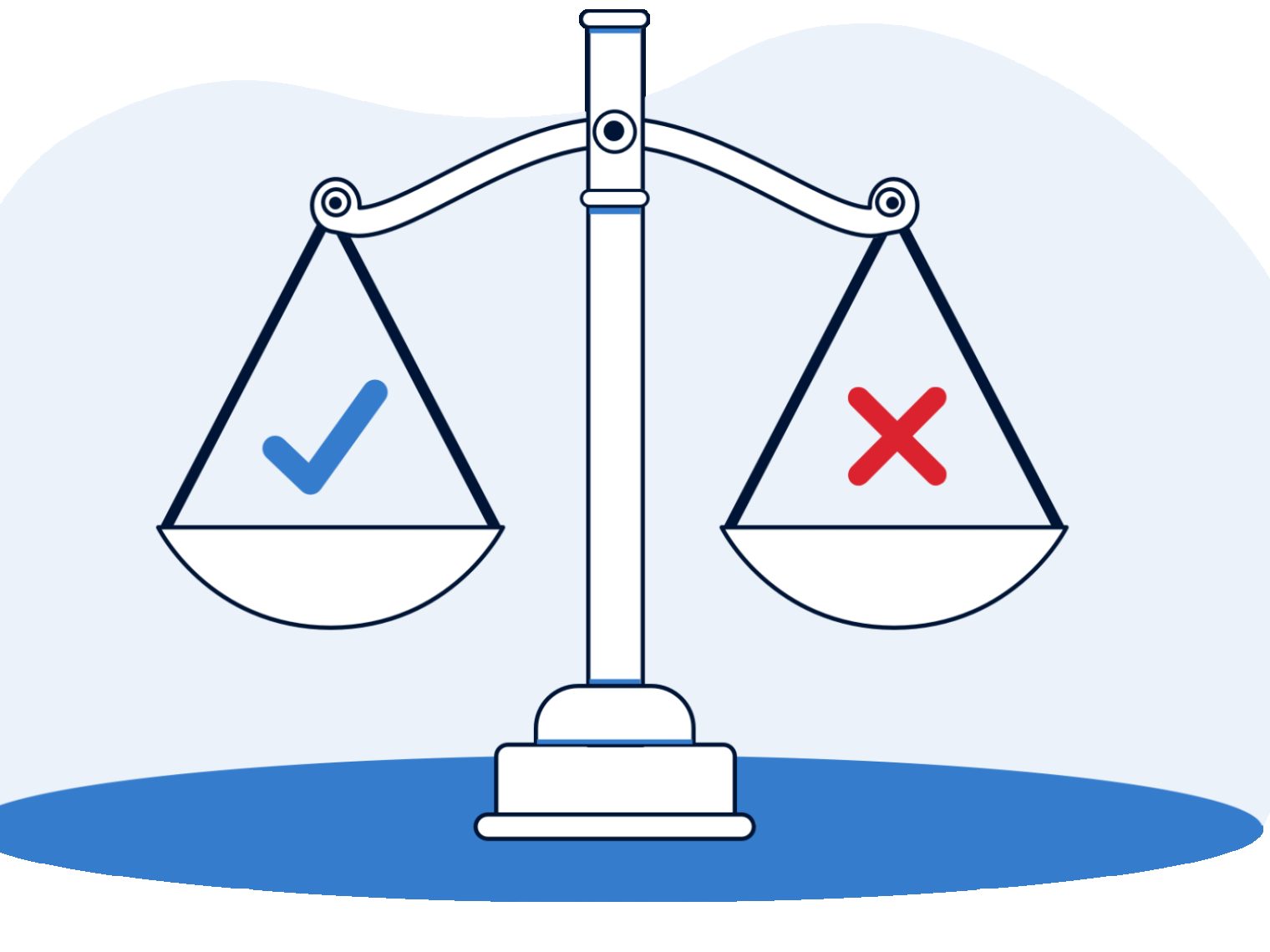While deciding to refinance isn’t quite the emotional decision that purchasing a home can be, it still takes some careful consideration. Refinancing your mortgage to a VA loan or your existing VA loan is much more about whether the numbers make good financial sense.
But it isn’t always easy for Veteran homeowners to know when is the right time to refinance and it may result in higher finance charges over the life of the loan. Talking with a lender you trust is essential when it comes to evaluating mortgage offers and assessing what’s in your best interests.
Let’s take a look at when a VA loan refinance may be a good idea.
1. Your New Interest Rate is Low Enough
Refinancing your mortgage can be beneficial when market interest rates fall below the rate of your current loan, as it may lower your monthly payments and reduce the total interest you pay.
Lowering your mortgage payment even just a little every month can be helpful for many homeowners, but the VA’s primary refinance option – the Interest Rate Reduction Refinance Loan (IRRRL) – is only available to Veterans with existing VA mortgages.
IRRRLs have rate reduction requirements based on changes in the loan rate's basis points. One basis point is equal to 1% of the loan.
The required change in basis points to meet rate reduction requirements corresponds to the circumstances of your refinance:
- Fixed-Rate VA Loan to Fixed-Rate VA Loan: If your current VA loan has a fixed interest rate, the new loan rate would need to be at least 50 basis points lower.
- Fixed-Rate VA Loan to Adjustable-Rate VA Loan: If you’re moving from a fixed-rate VA loan to an adjustable-rate one, the new rate would need to be at least 200 basis points lower.
- Adjustable-Rate VA Loan to Fixed-Rate VA Loan: VA homeowners moving from an adjustable-rate mortgage to a fixed-rate loan don’t need to meet a rate requirement.
- Cash-Out Refinance Loans: The VA Cash-Out refinance option is not subject to rate reduction requirements.
For example, if you currently have a VA loan with a fixed 3.5% rate, the refinance rate for a new fixed-rate VA loan must be at least 3% to be 50 basis points lower than the original rate.
2. You’re Shortening Your Loan Term
Refinances don’t always save you money in the short term. In fact, moving from a 30-year term to a 20- or 15-year typically means you’ll pay more every month toward principal and interest.
But shrinking your loan term can save a ton of interest over the life of the loan. The key here is making sure you can afford that higher monthly mortgage payment.
See how much you can save in interest with our VA refinance calculator.
Another option for Veterans is to pay an additional amount toward their principal balance every month or year instead of refinancing into a shorter loan term.
3. You Currently Have an Adjustable Rate
Adjustable-rate mortgages (ARMs) aren’t inherently bad or problematic, but they’re definitely not for everyone. One of the challenges with ARMs is that you can’t bank on payment certainty because your interest rate is eventually subject to change.
Shifting from an ARM to a fixed-rate mortgage usually means your monthly housing costs increase because introductory ARM rates are typically lower than fixed rates. But many Veterans trade that for the security of having the same principal and interest payment for the life of their loan.
Plus, VA homeowners have access to some stellar fixed interest rates, especially in the current rate environment.
4. You Meet VA Refinance Seasoning
You’ll need to have been settled into your current mortgage for a certain amount of time before you can close on a VA refinance.
At a minimum, the refinance must close at least 210 days after the first payment due date of the loan being refinanced, and the Veteran must have made at least six monthly payments.
Lenders can add their own seasoning guidelines on top of those VA requirements, so make sure to check beforehand.
5. The Savings Outweigh the Cost
Part of the consideration for homeowners is deciding whether the refinance savings will ultimately outweigh the expense, as most VA refinances will come with closing costs. In fact, he VA actually will not let you refinance if there is not a net tangible benefit from the refinance.
A big part of this evaluation is how long you plan to live in the home.
It’s important to compare the total costs of refinancing to how much money it’ll save you each month. For example, let’s say a refinance will cost you $3,600 and reduce your monthly payment by $100.
When you divide the cost by the savings, you get the number of months it takes to recoup the refinance expense. For this example, the Veteran recoups the cost in 36 months (3,600/100).
The VA requires recoupment within 36 months for IRRRLs, but lenders won’t count expenses like escrows for property taxes or homeowners insurance when calculating recoupment. There’s also less emphasis on recoupment for most Cash-Out loans.
Every homeowner’s situation is different, but if you’re likely to move before you recoup the costs of a refinance, you might take a step back to consider whether it’s a good investment.
Veteran homeowners tend to get many unsolicited refinance offers, and many of them are too good to be true. Talk with a Veterans United VA Loan Expert if you’re wondering whether a refinance might be a smart investment.
Related Posts
-
 VA Renovation Loans for Home ImprovementVA rehab and renovation loans are the VA's answer to an aging housing market in the United States. Here we dive into this unique loan type and the potential downsides accompanying them.
VA Renovation Loans for Home ImprovementVA rehab and renovation loans are the VA's answer to an aging housing market in the United States. Here we dive into this unique loan type and the potential downsides accompanying them. -
 Pros and Cons of VA LoansAs with any mortgage option, VA loans have pros and cons that you should be aware of before making a final decision. So let's take a closer look.
Pros and Cons of VA LoansAs with any mortgage option, VA loans have pros and cons that you should be aware of before making a final decision. So let's take a closer look.

